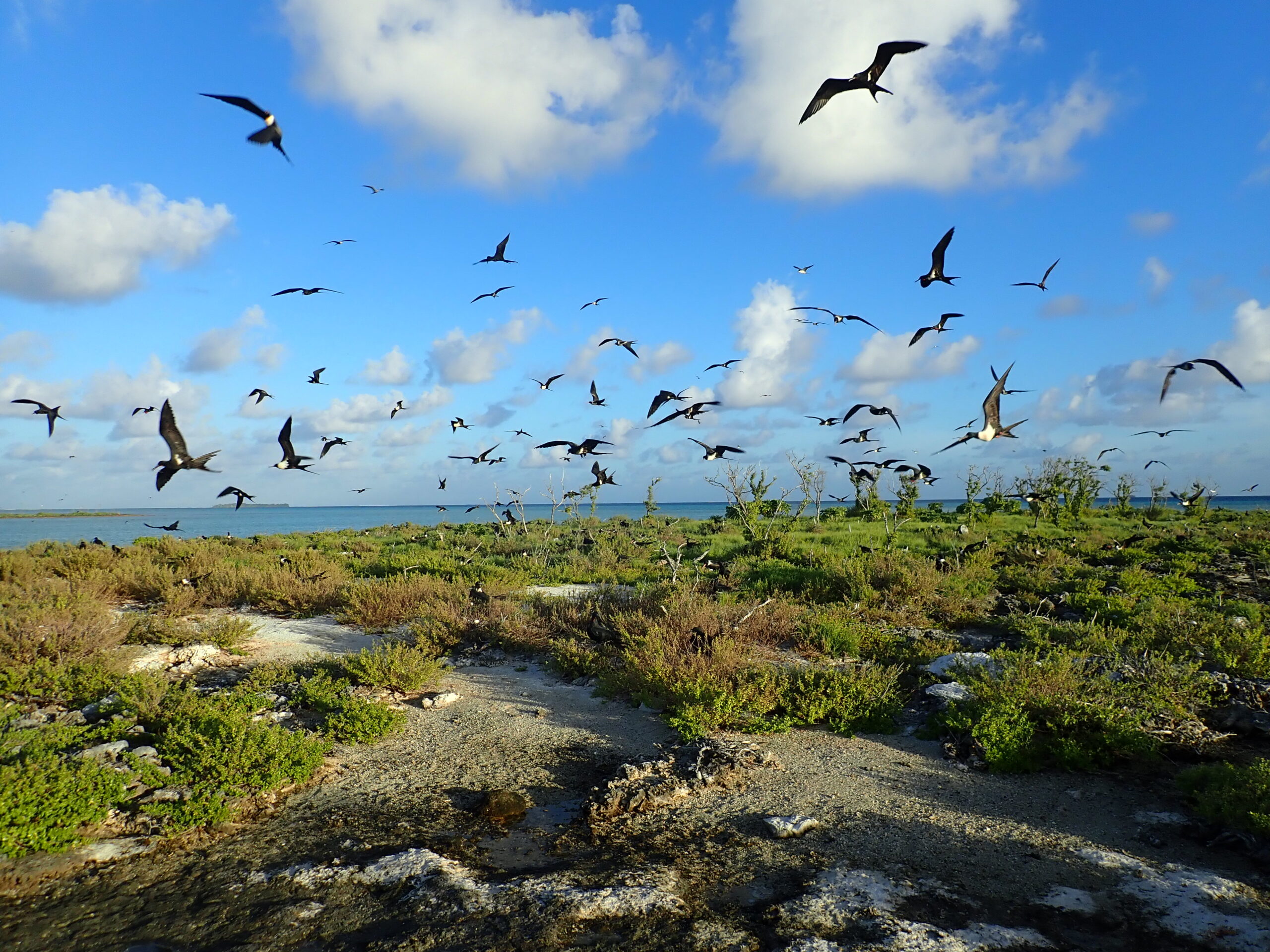Race Against Time to Suwarrow
It's that time of the year again for the Suwarrow Park Rangers to head back to our national park for the next 6 months to carry out their duty of acting customs and biosecurity officers for passing yachties.
Our rangers won't be heading up alone this time around, but will be accompanied by a team of 16 made up of both Te Ipukarea Society’s rat eradication team and Marumaru Atua’s sailing crew.
The voyage is set to depart Wednesday 1st of June is to be a 24 day round trip from Rarotonga to Suwarrow. The key objective is to successfully complete a rat eradication project on motu kena 1 (0.72Ha) and kena 2 (1.15Ha) on the western side of Suwarrow.
The previous rat eradication project conducted by Te Ipukarea Society on Suwarrow was in 2018. The 5 week long eradication project took place on 3 islets found on the western side, Motu Tou (14.67Ha) and two smaller adjacent Kena islets. During a monitoring exercise in 2021 by Te Ipukarea Society, the bigger islet Motu Tou and Kena 1 were found to be rat free but kena 2, unfortunately, had a remnant population of rats.
To reduce the chance of rats invading the neighboring rat free islets, an urgent fundraising campaign was established towards the end of 2021 to raise the funds to get back to Suwarrow to get Kena 2 rat free . The RAT Race Against Time Campaign was able to generate donations from both local and international individuals, as well as larger contributions made by BirdLife International, National Environment Service and the Gordons. This was supplemented by $5 from each and every TIS water bottle sold this year. We have come close to reaching the projects target goal of $50,000.
The 2022 eradication team for Te Ipukarea Society includes those members who took part in the 2018 eradication project Kelvin Passfield, Alanna Smith and Jerimaia Samuels. They are assisted by volunteers David Greig, Amanda Torr, Zeb Ravake, and Ana Tiraa. Contributing to this eradication team are the crew members from the vaka who will also play a valuable role in rolling out the eradication project. Of course the two NES rangers will also be playing a vital supporting role, in particular with transport to and from the far flung motu on the far side of the lagoon.
In addition to killing any remaining rats on the Kena motus, the team will also set traps on Motu Tou, to monitor whether any rats may have returned to that motu. For any rats caught, we will collect samples for DNA testing to determine whether they were from a remnant rat population from before, or a reinvasion of rats from an outside source.
We will also check for any more drifting Fish Aggregation Devices that have washed up since our last visit, and conduct a waste audit to get a better idea of what washes up on the beaches of our national park.
The removal of rats (kiore) from Suwarrow National park will not only have long term terrestrial benefits through the elimination of threats for ground nesting seabirds and supporting the regrowth of native plants. Recent studies in islands in both the Indian and Pacific Oceans have found that removal of rats can have long term benfits for coral reefs and soil fertility. Higher numbers of nesting seabird numbers promote coral growth by bringing new nutrients and nitrogen to islands and their surrounding coral reef ecosystem.

